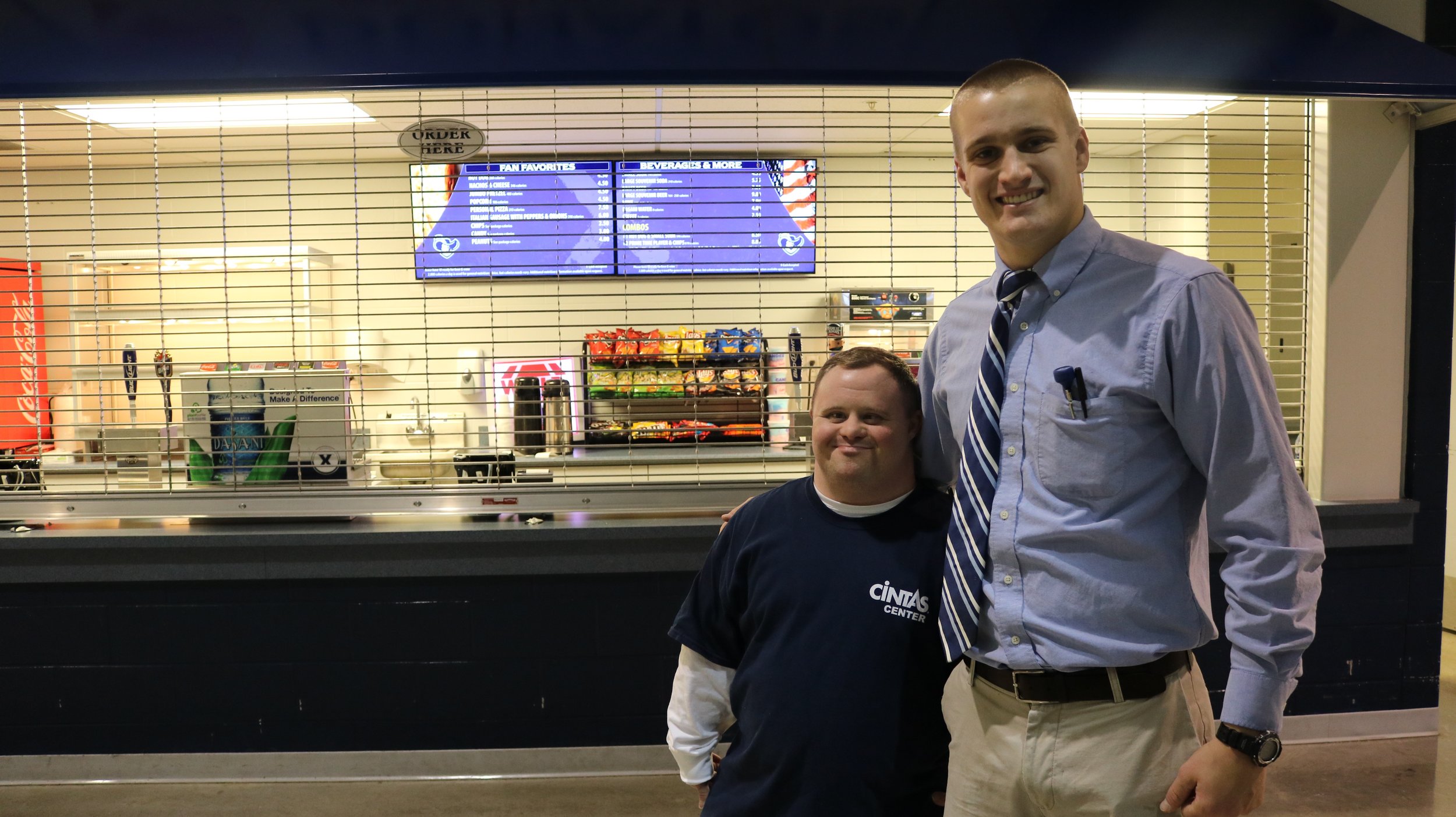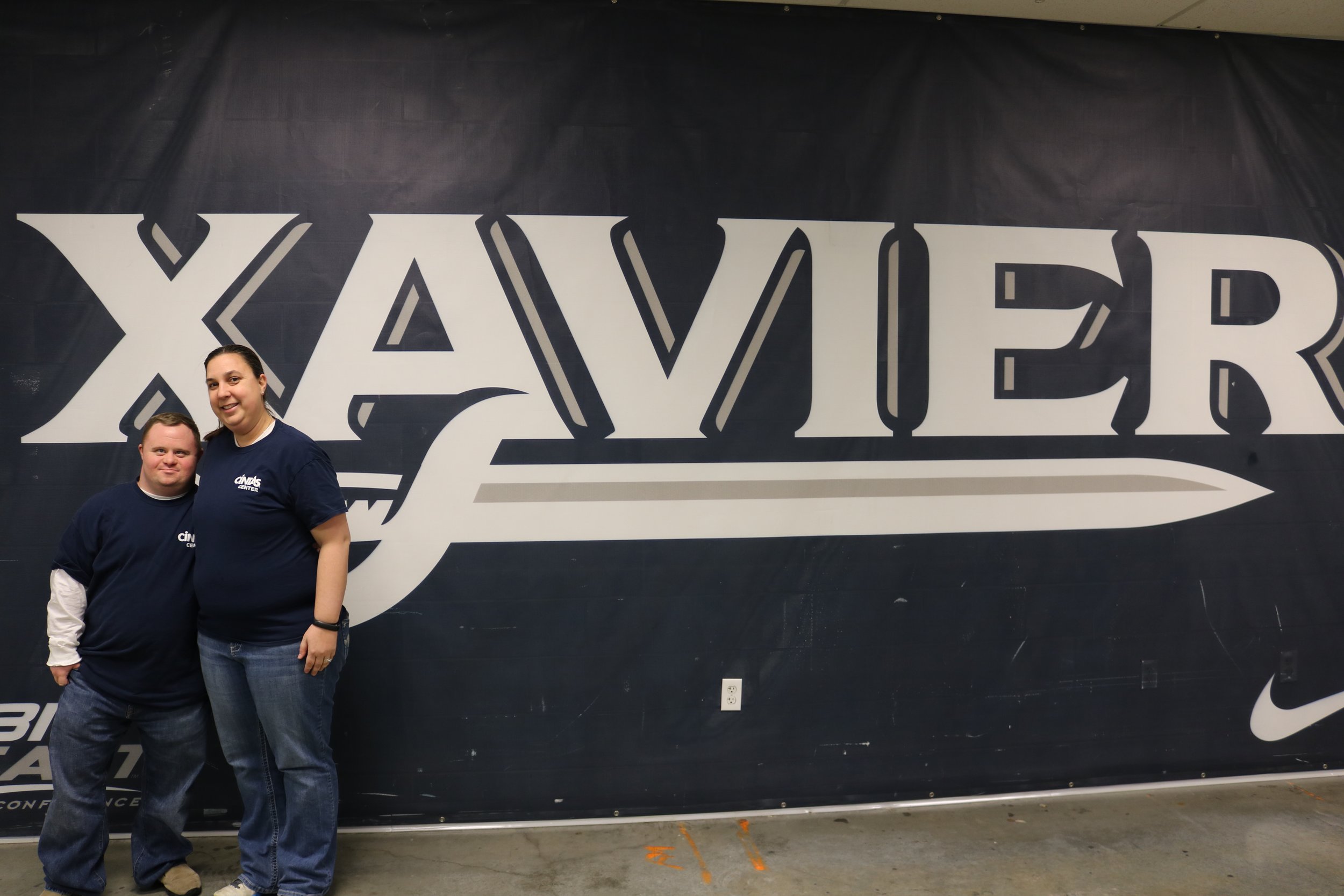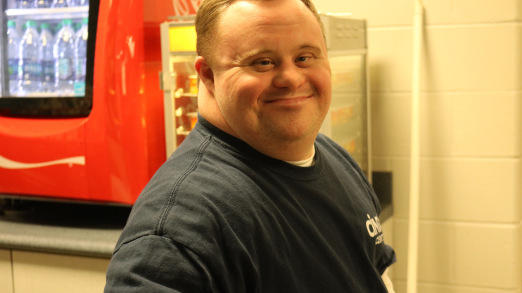It's been 7 years since Starfire set out on a plan as an organization to change the way we support people with developmental disabilities. Our goal was to build a model of support that aligned our impact with our original vision: to build richer social lives for people with developmental disabilities. How we've grown during this transition. It's enough to write a book.
Today, we've gone from a place that supported people with disabilities on outings and in day programs, in groups, mostly set apart from the richness of ordinary community life, to a culture-building movement that puts people with developmental disabilities (as individual selves) at the very center of community life.
Reading back on our Strategic Plan set all those years ago now, it's surprising to find how well each of these statements have held up over time. Not only has each line of this Plan made it through the transition out of 3 segregated programs, a massive flood to our building, and a whole lot of coffees with citizens, funders, families, and volunteers to explain the "why" of all this change, but they have truly served as the guideposts that we hoped them to be.
Here, I'd like to share those statements with you, and our progress to date on each one. You'll notice the five categories are based directly off of John and Connie Lyle O'Brien's Five Valued Experiences. Thank you, thank you, thank you for everyone who believed in us to make it this far.
*Oh... and please excuse the targety outcome jargon, one of the things we are using this document for is to share with other organizations how we made this transition.
Sharing Places
In 2019, people with disabilities will share places in their local communities with other community citizens.
People with disabilities will be "regulars" at ordinary places, and be known by others. Sharing places will become the springboard for building relationships and making contributions.
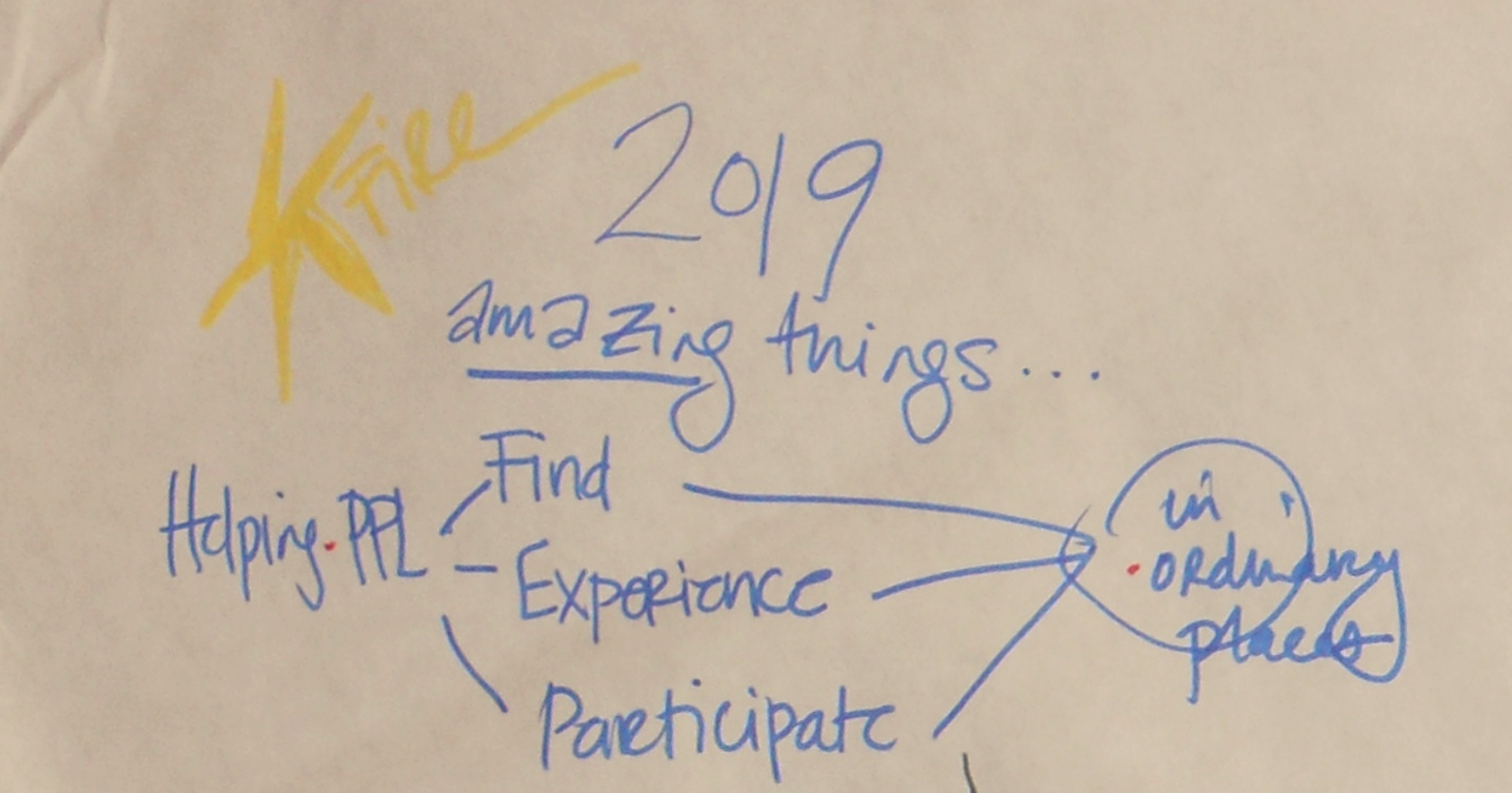
Recommendation #1: Decrease in the use of facility-based services
Targets: Transition fully out of facility-based, group-centered Outing and Day Programs (Dec 2012-2016)
Action Steps:
- Decrease membership in each program gradually until closing date (Sept 2016)
Recommendation #2: Increase in integrated community-based employment and day services
Targets: Build capacity for providing 300 hours per week of integrated services by trained community connector staff (Dec 2016)
Action Steps:
- Hire staff with desired attributes to be "community connectors" (Dec 2012-present
- Increase people served to achieve 300 hours per week of integrated services (Jan 2017)
Making Choices
In 2019, Starfire members will make choices about the levels and ways they connect to Starfire and their communities.
Person‐centered tools, approaches and practices will become the standard for people with disabilities to explore options. People with disabilities will create a “safety net of people” that support and stand by each other as they make important choices.
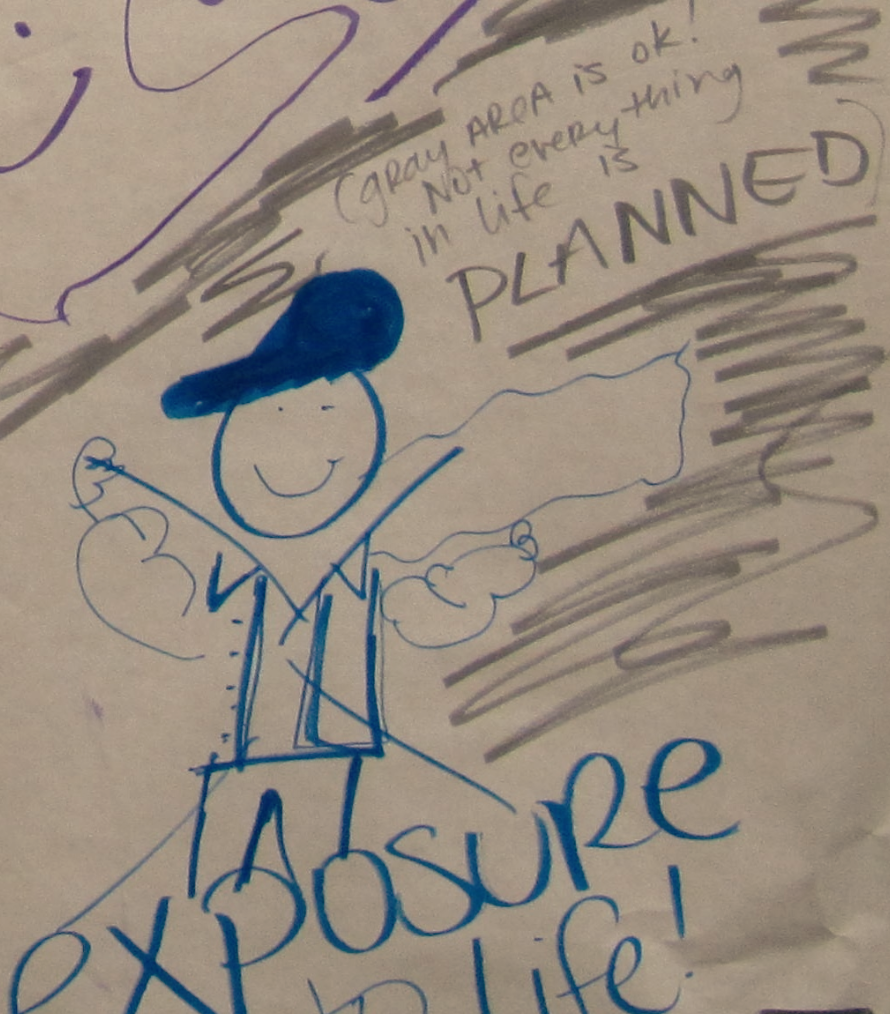
Recommendation #1: People with disabilities served complete a person-centered visioning session in first year of membership to Starfire (Benchmark #1: PATH meeting)
Targets: 67% of people on track to do a person-centered plan to complete one
Action Steps:
- Families attend and support PATH goals
- At least 3 ordinary citizens attend and support PATH goals
Making Contributions
In 2019, people with disabilities will be known as “pillars of the community.”
People with disabilities will have many opportunities to find and explore unique ways they can make contributions to their community and other community citizens. Starfire’s success will be determined by how many members fill “valued roles” in the community.
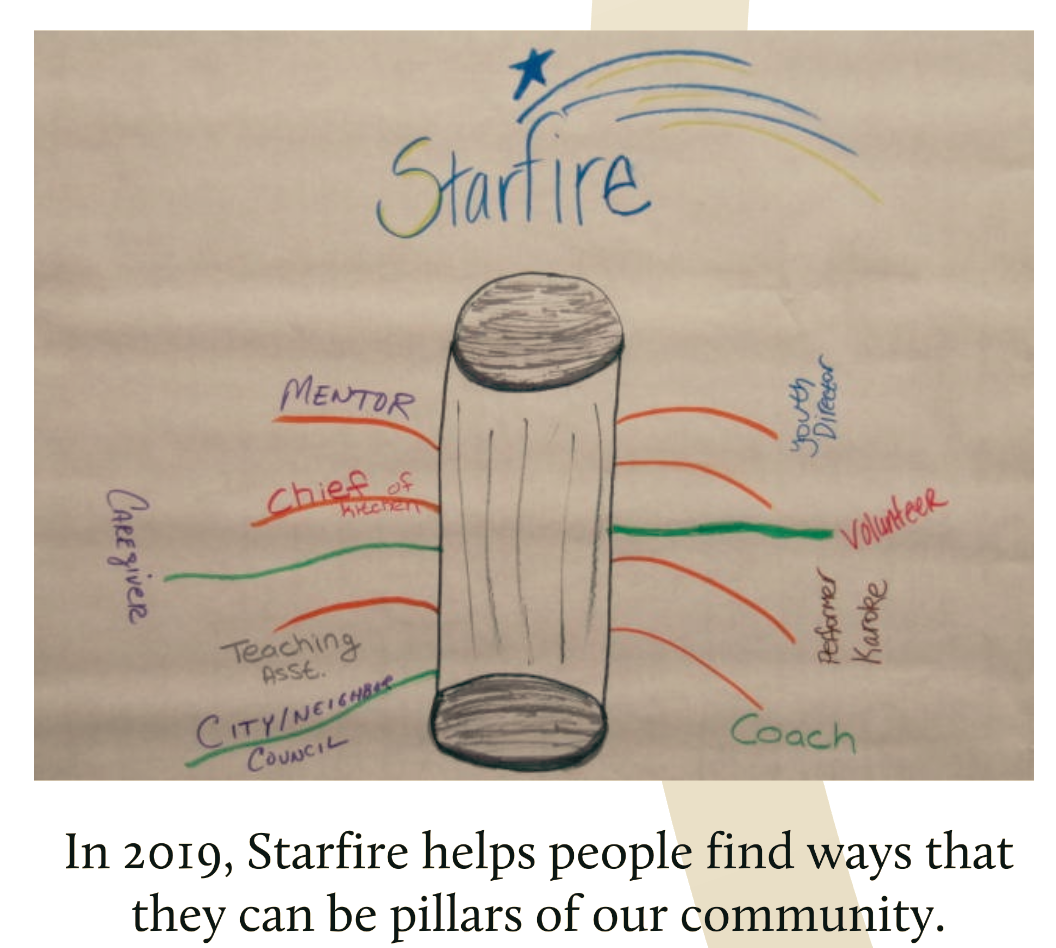
Recommendation #1: Increased use of career discovery processes
Target: 15% of people served
Action Steps:
- Create personalized electronic profiles to share with Starfire's network
- Conduct benefits analysis with interested people served as needed
- Utilize persons served social network to explore employment opportunities
Recommendation #2: Focus on the achievement of individual integrated services for individuals with complex needs
Target: 100% of people served receive integrated services
Action Steps:
- Each person is supported approximately 136 hours per year around their personal goals and passions
Recommendation #3: People served attaining valued social roles (paid or unpaid positions in the community) that align with their interests, geographic location, and strengths (Benchmark #2: Valued Social Role attainment)
Target: 80% of people served attain a valued social role (internship, job, volunteer position, etc)
Action Steps:
- Staff support people served in navigating and meeting with existing places and opportunities for valued roles
Growing in Relationships
In 2019, Starfire members will create relationships with other community citizens who share places, passions and interests.
Starfire members will invite people to grow friendships with each other based on mutual respect and affection. Commitment, conversation and consistency will be the foundation for building solid, supportive relationships.
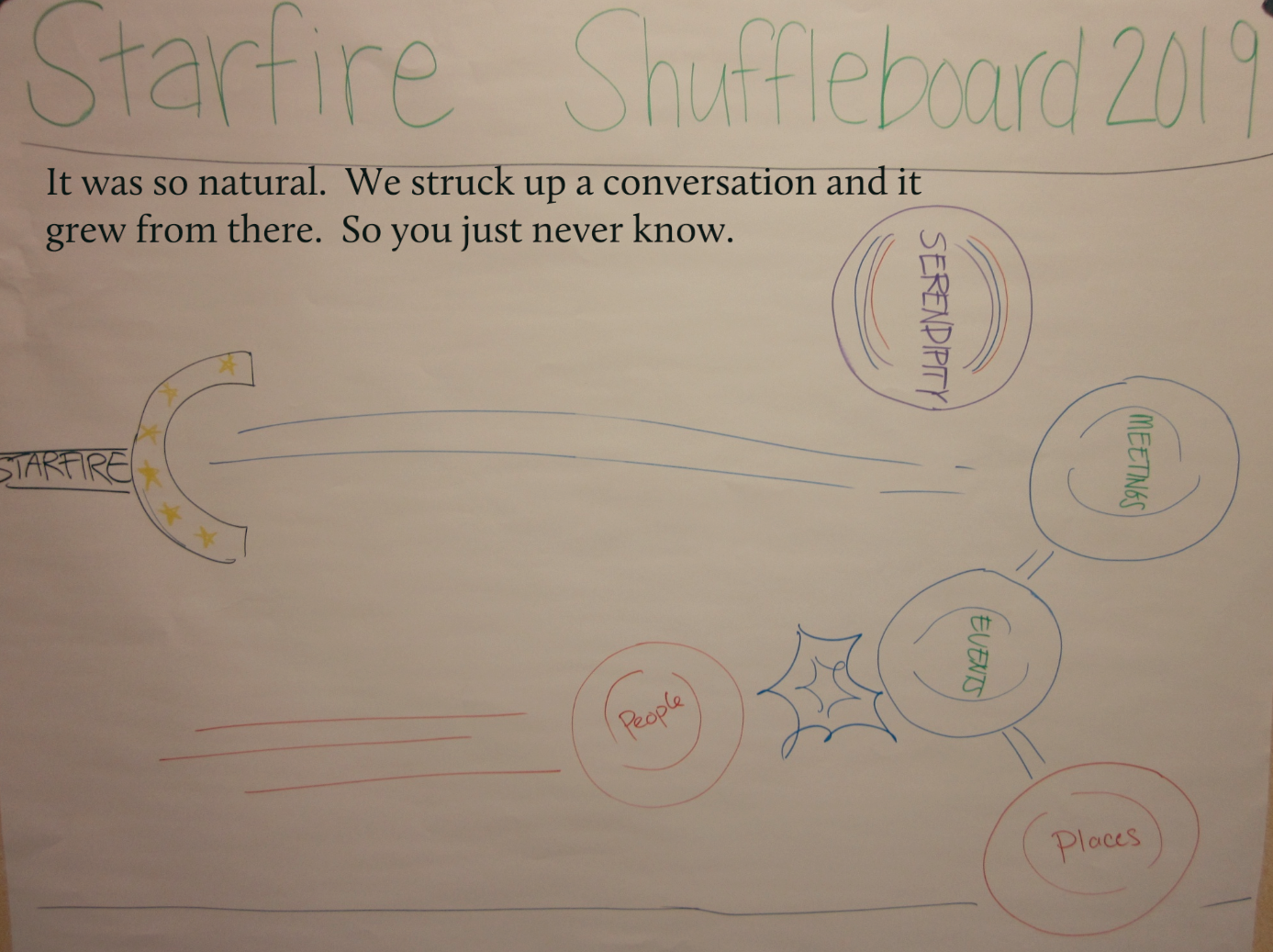
Recommendation #1: People build a "network of support" that includes people who are not family, unpaid, and do not have disabilities. (Benchmark #3: Increase relationships to ordinary citizens)
Targets: 90% see an increase in their community relationships annually
80% maintain relationships over the course of 12 months
Action Steps:
- Staff support people served in meeting with new people and connections weekly
Recommendation #2: Educate and engage families on the work of building stronger social networks for their loved ones
Target: 80% of families are reported to be actively engaged in building social networks
Action Steps:
- Partner with local family support organization, Good Life Networks to prop up families in the journey
- Meet bi-annually to discuss progress in building social connections with staff and person served
Recommendation #3: Educate and Engage Ordinary Citizens
Target: 200 citizens annually have deeper understanding around inclusion
Action Steps:
- Invite ordinary citizens to participate in community building through projects, social, or volunteer opportunities in partnership with a person with disabilities
Experiencing Respect
In 2019, membership in Starfire is a way that people demonstrate and communicate that they are committed to building a vibrant, inclusive community.
Each story written or told about (and by) Starfire reflects respect for the gifts and contributions of its members. People who join Starfire experience the respect of being valued and appreciated for their capacities and contributions to other citizens of greater Cincinnati.
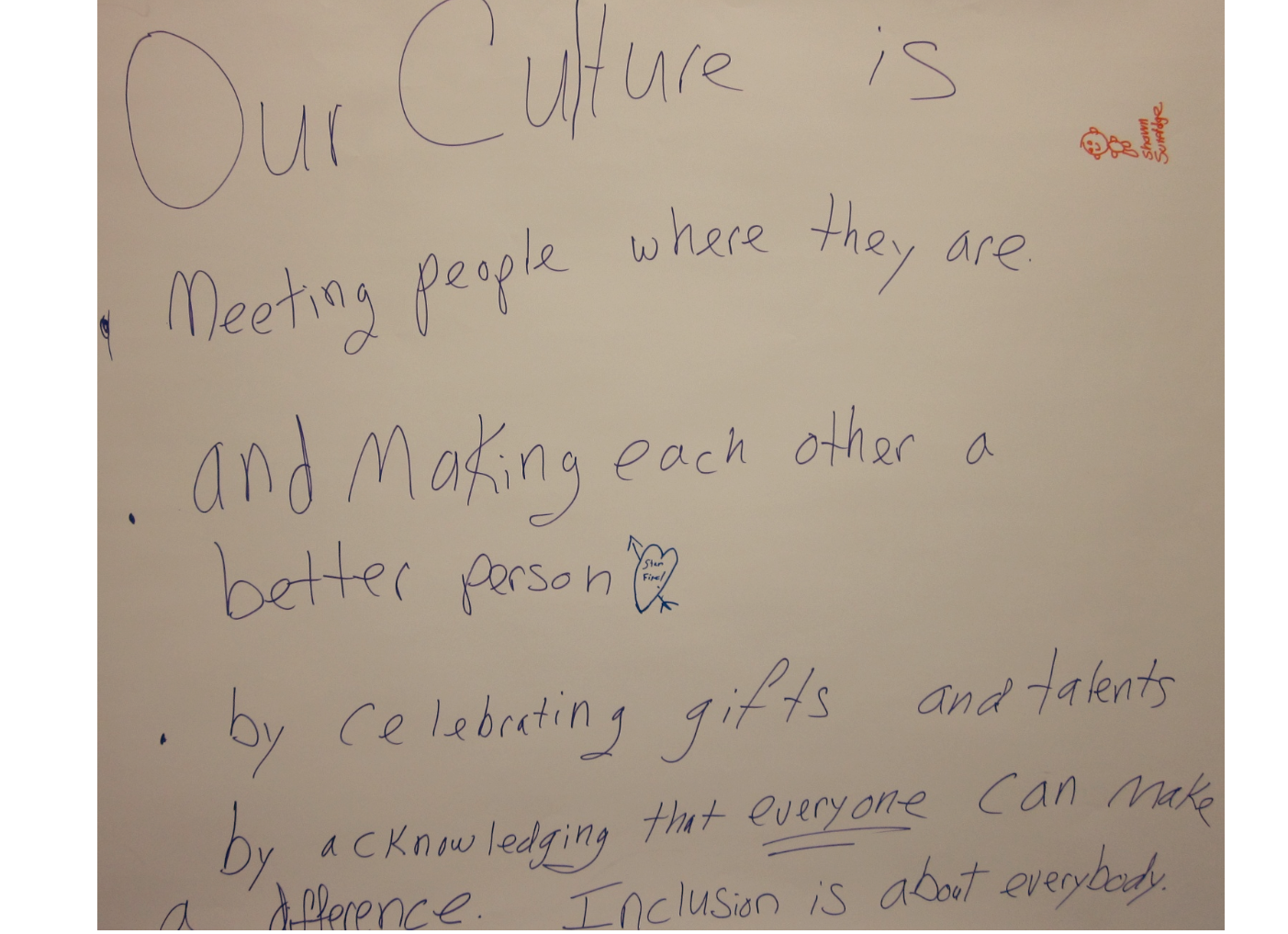
Recommendation #1: Increase in staff competencies and skills related to integrated employment and community services.
Target: 100% staff trained on the core competencies of our work
Action Steps:
- Professional development trainings including: Asset Based Community Development, Trauma informed care, Five Valued Experiences
- Staff attend 3-day intensive trainings on Social Role Valorization within first year of employment
- Staff attend 2-day summary training on Social Role Valorization bi-annually
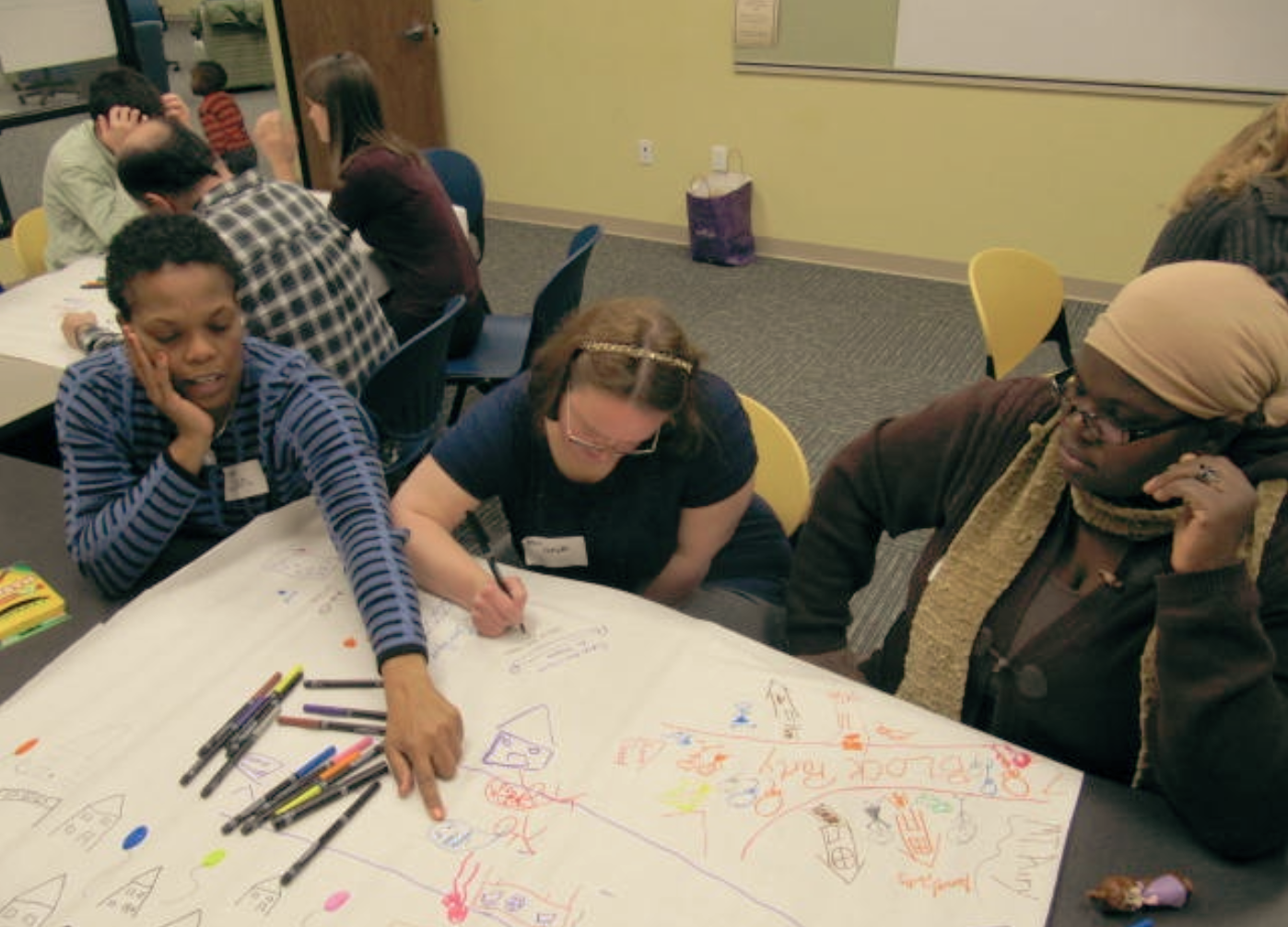
#olmsteadaction

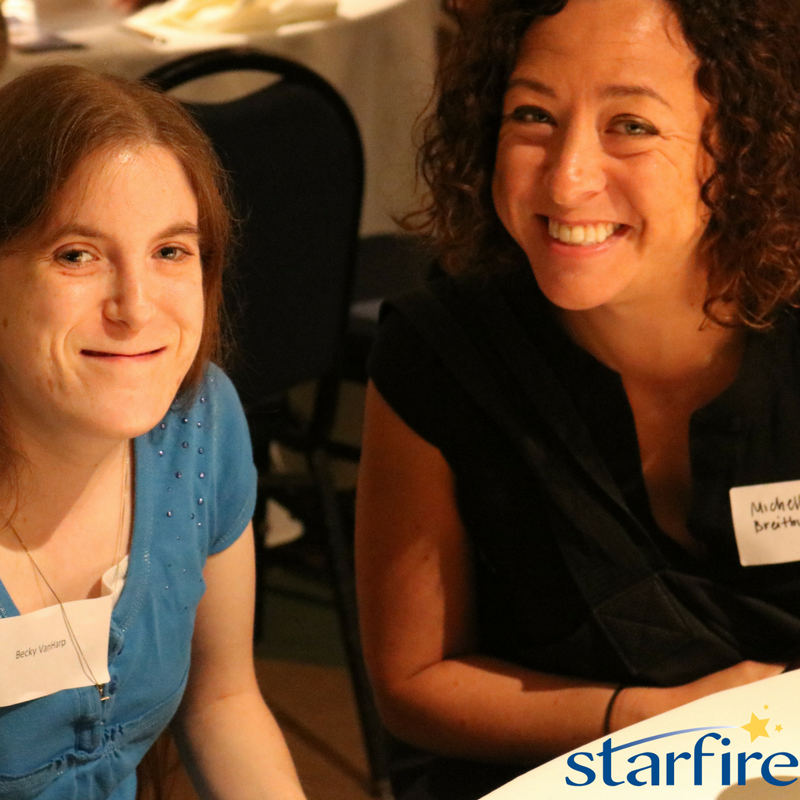
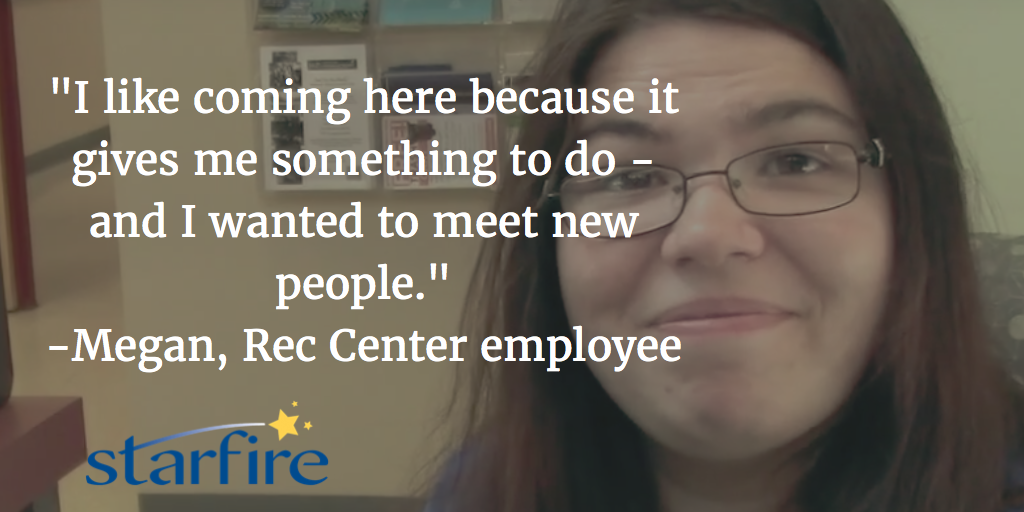
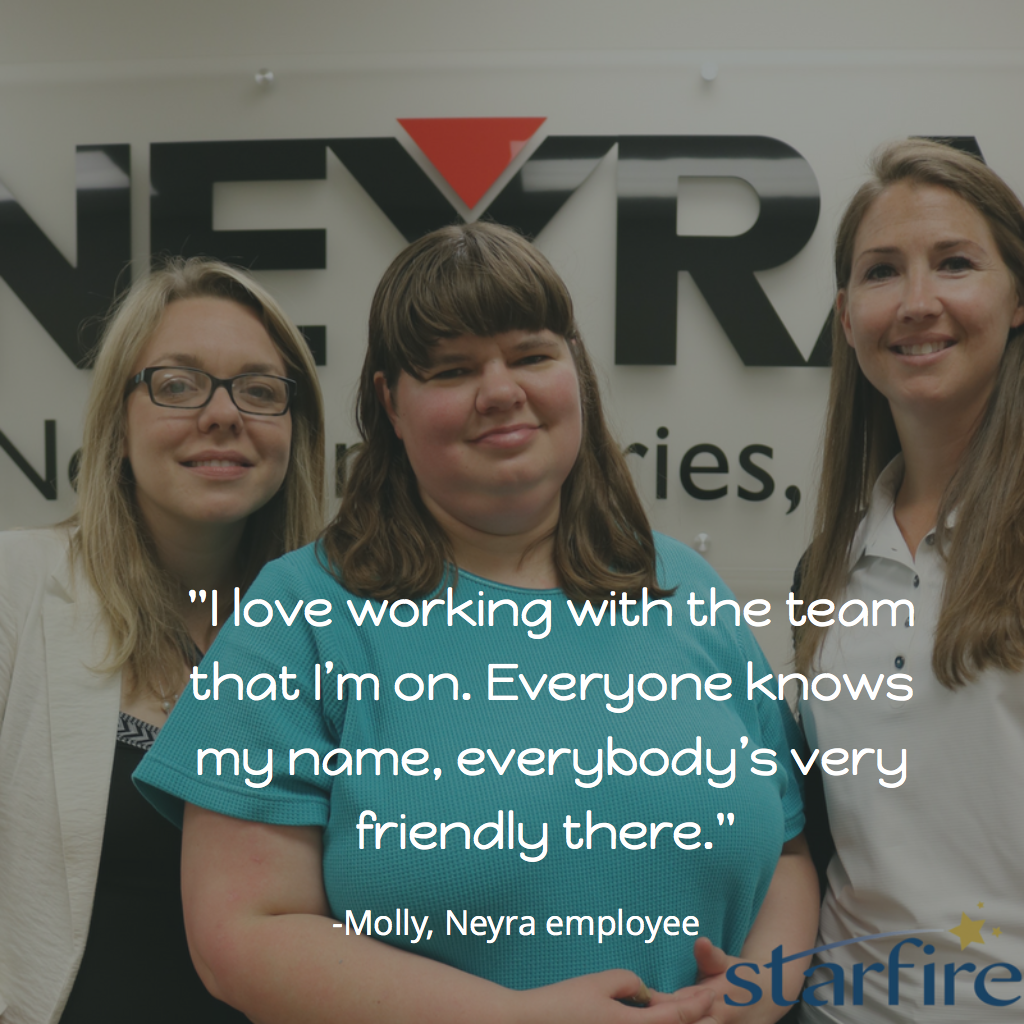
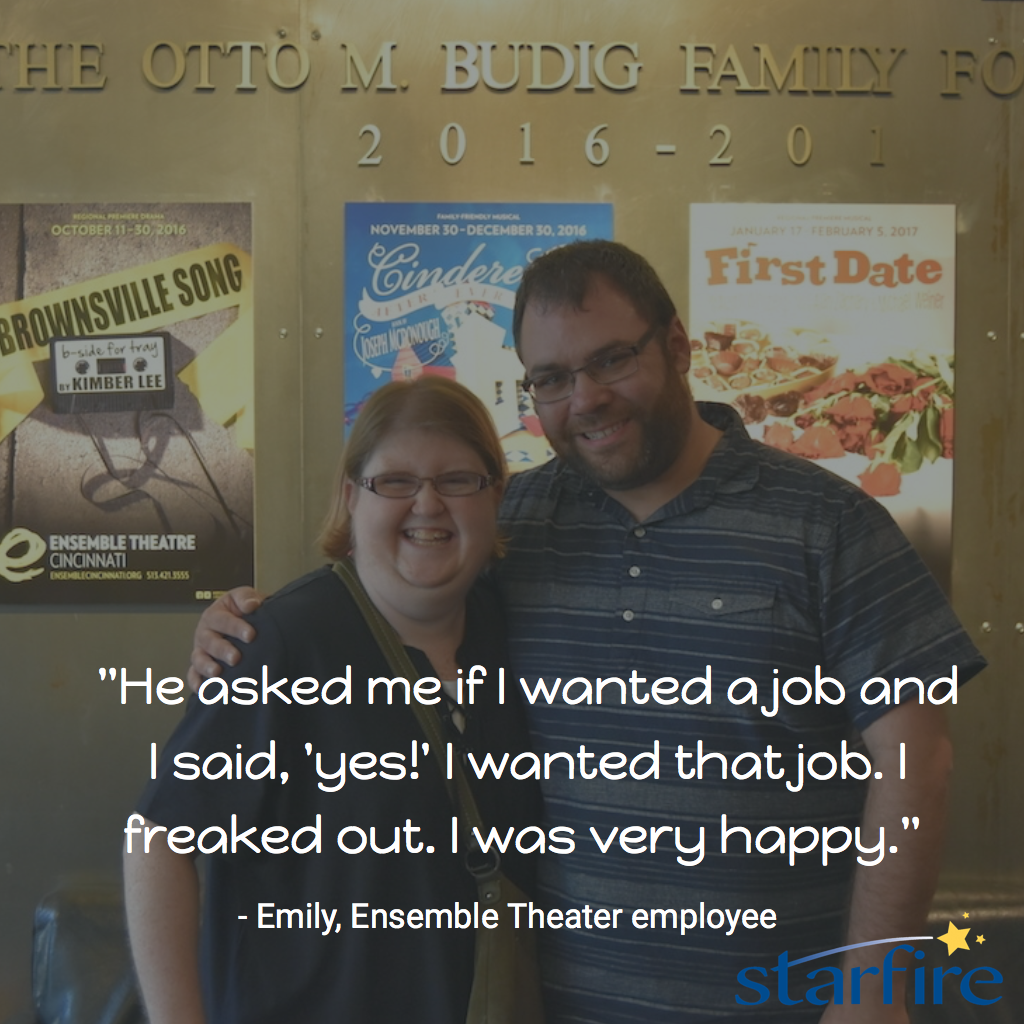
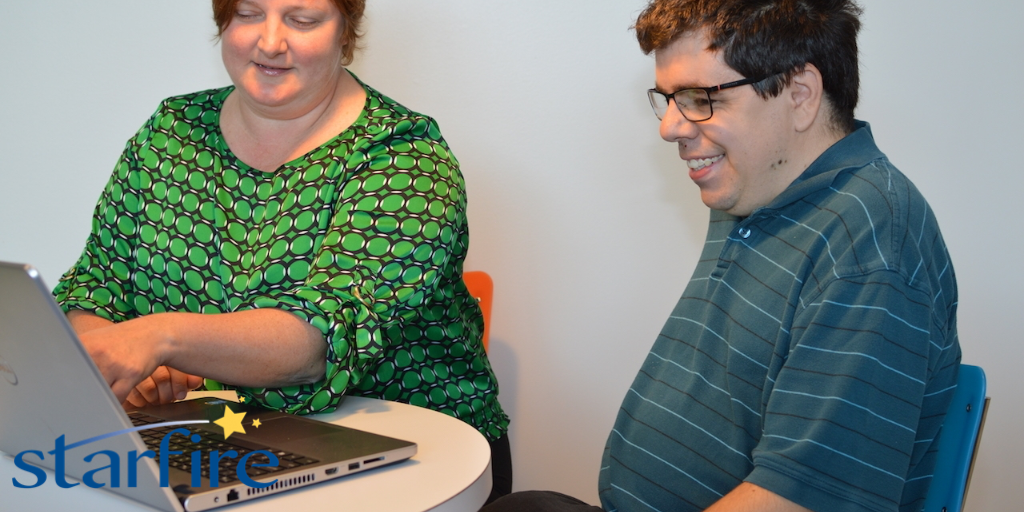
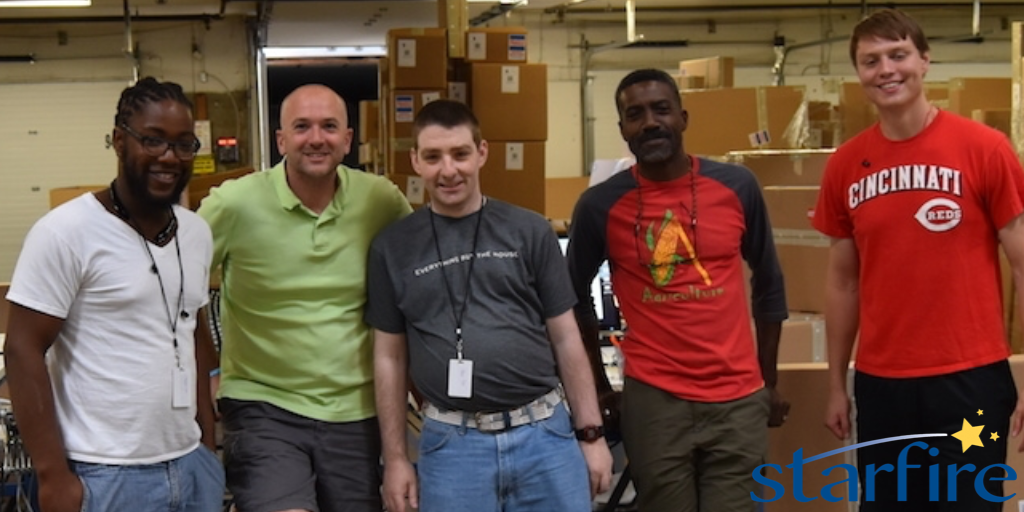
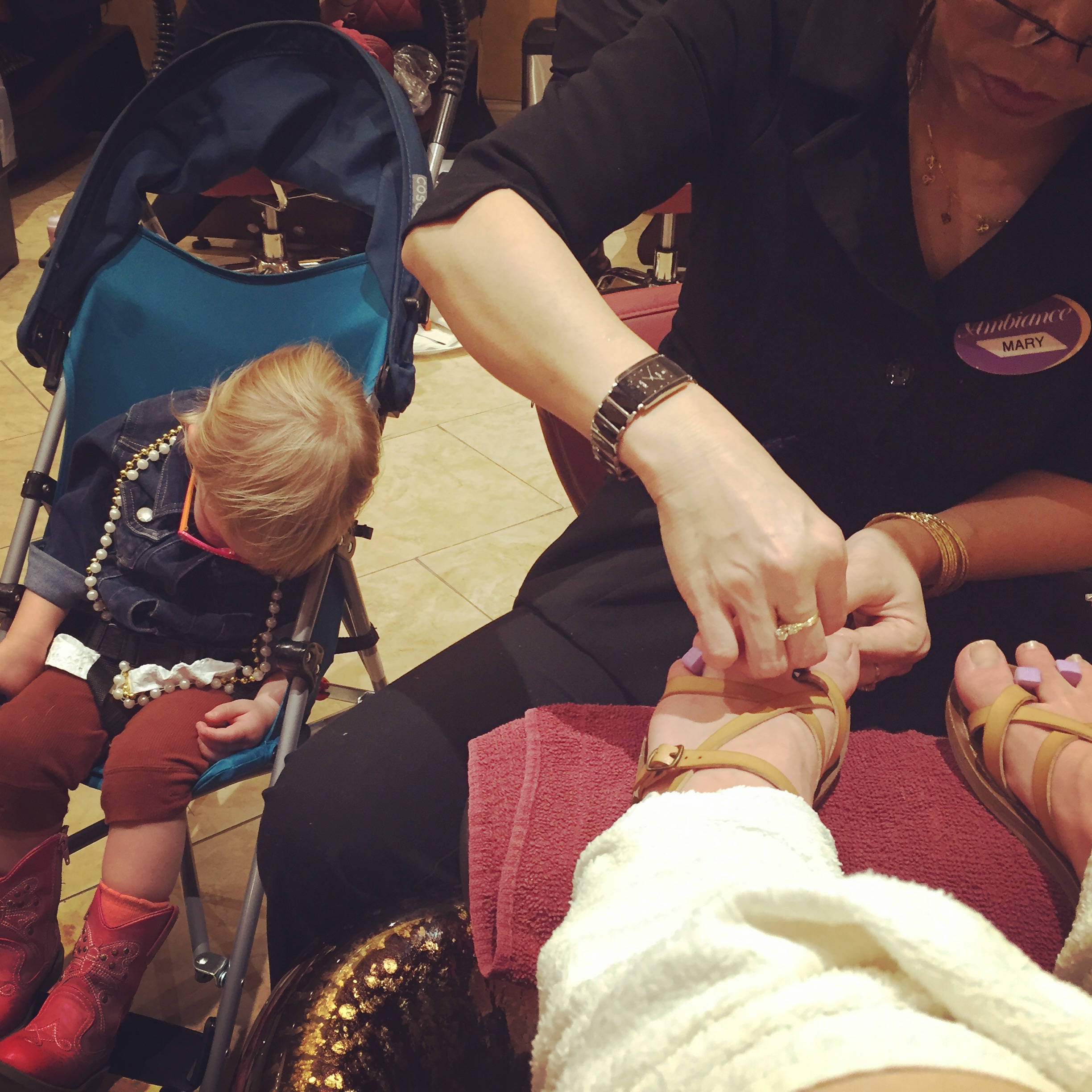


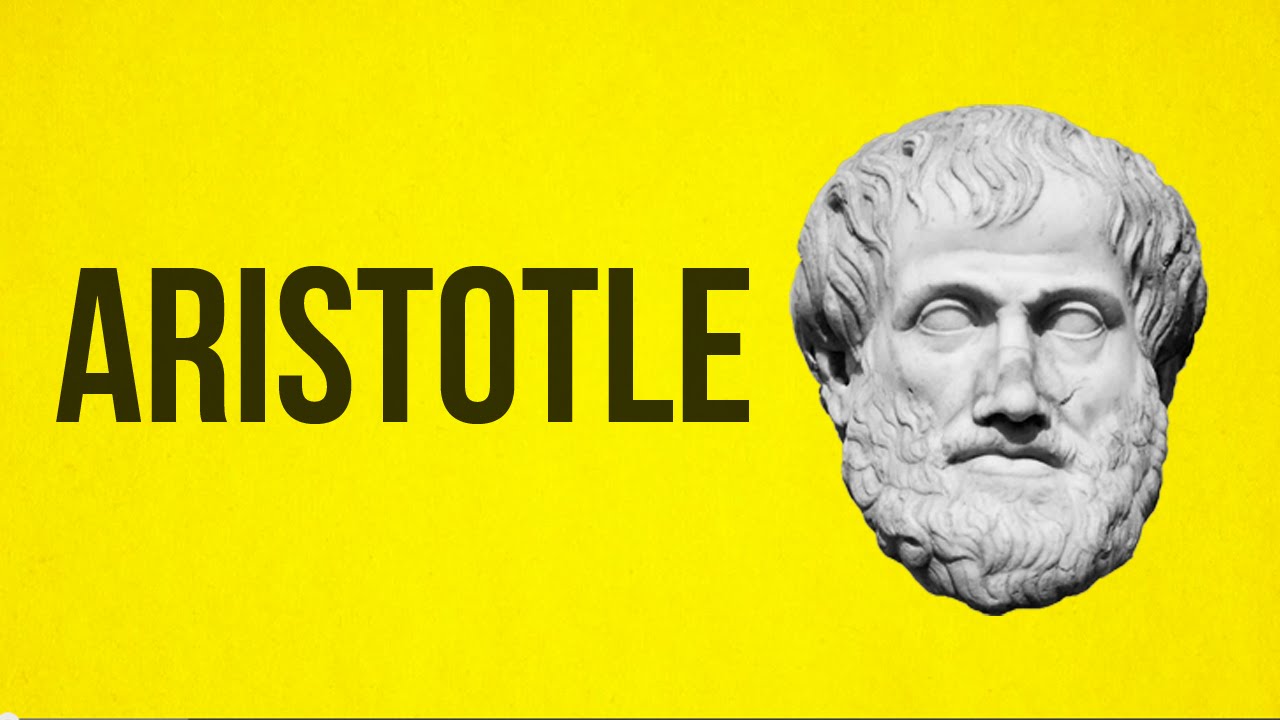





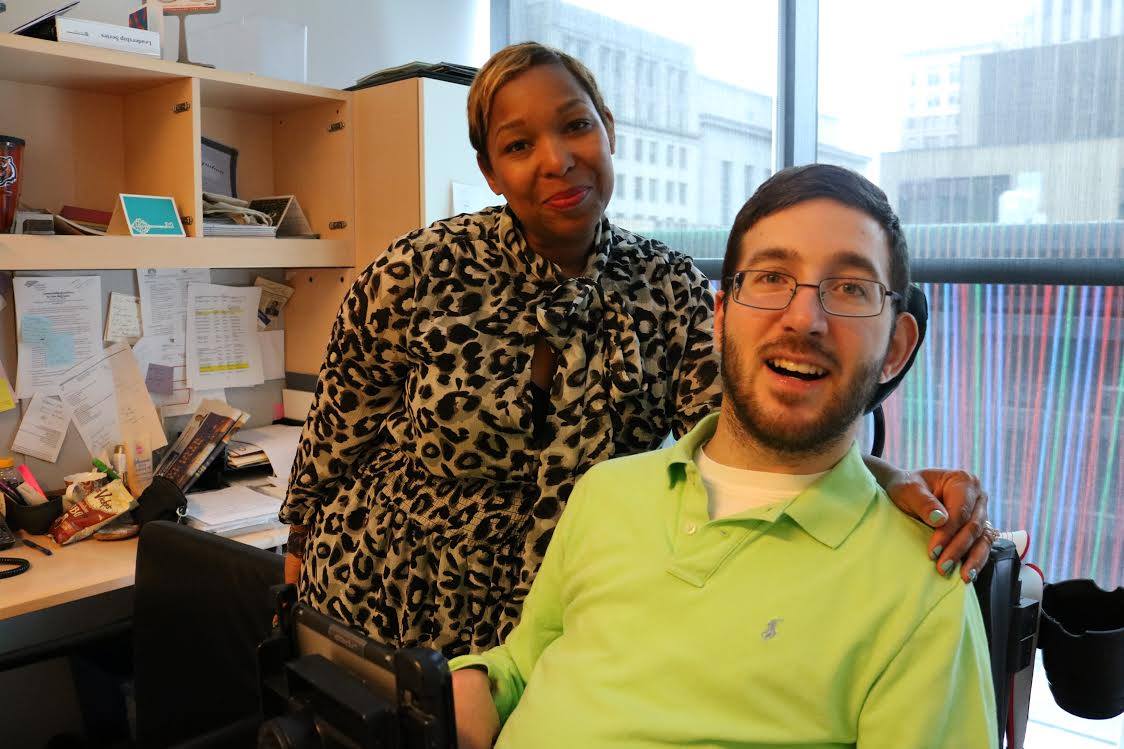


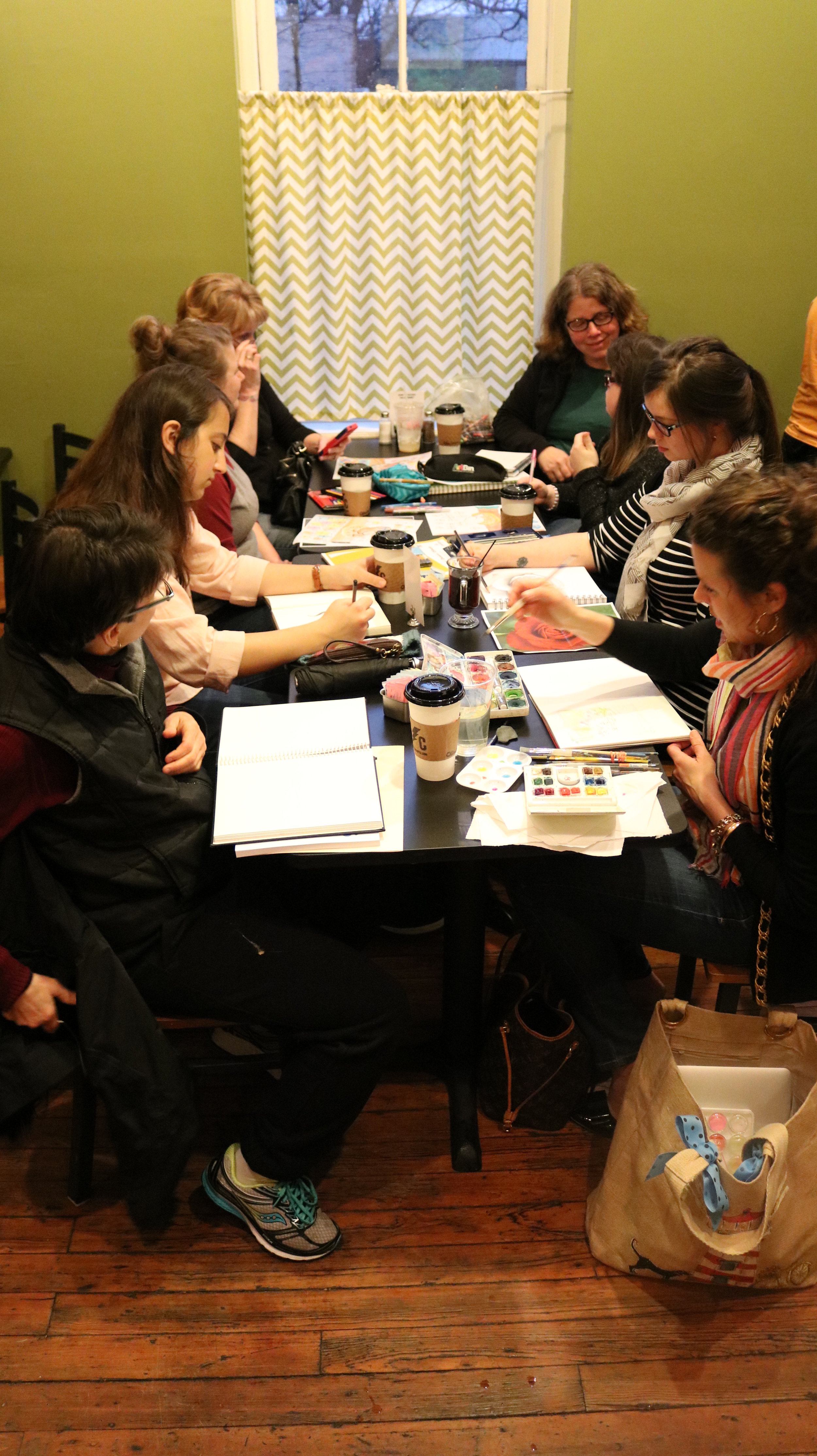
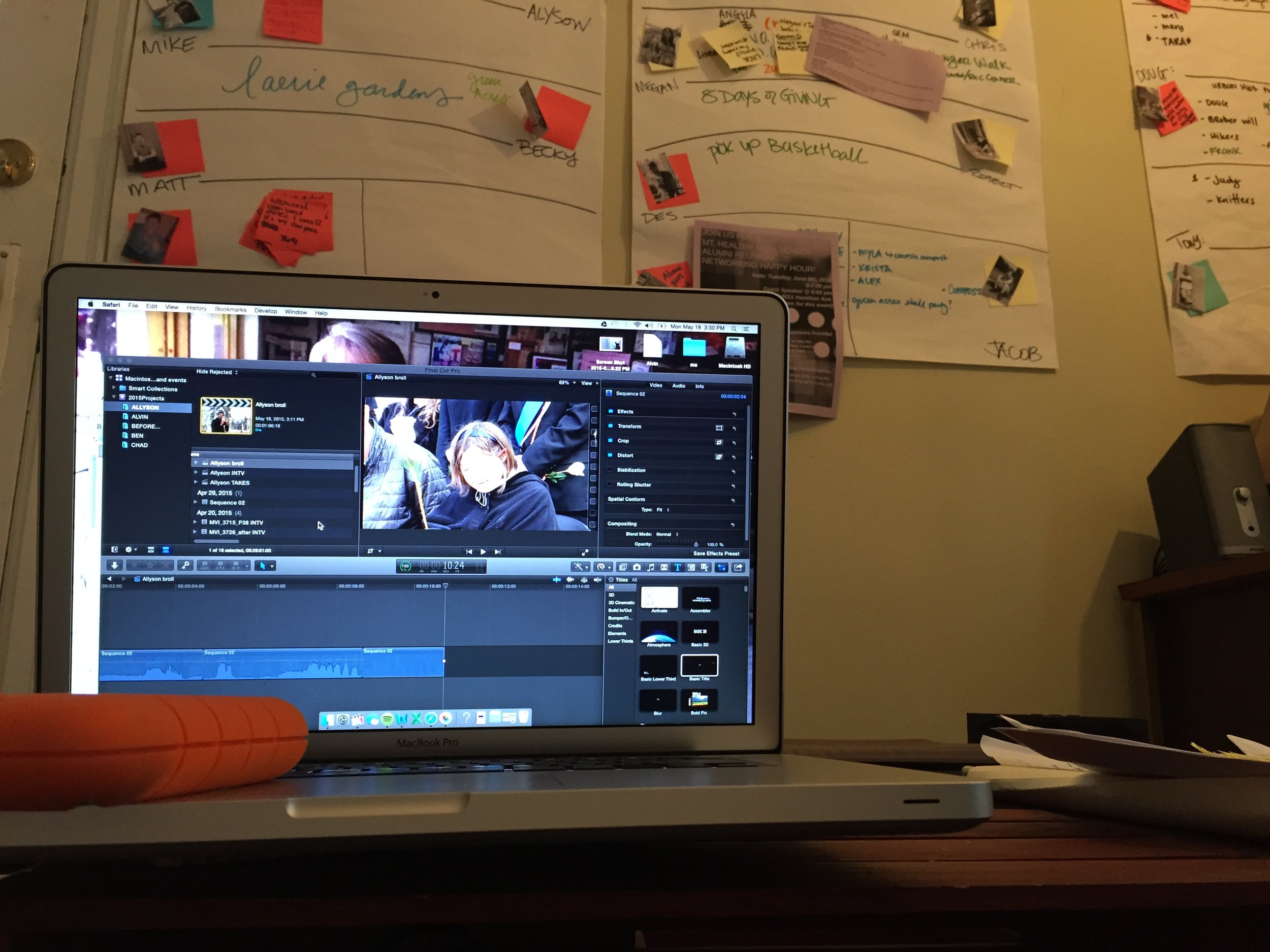
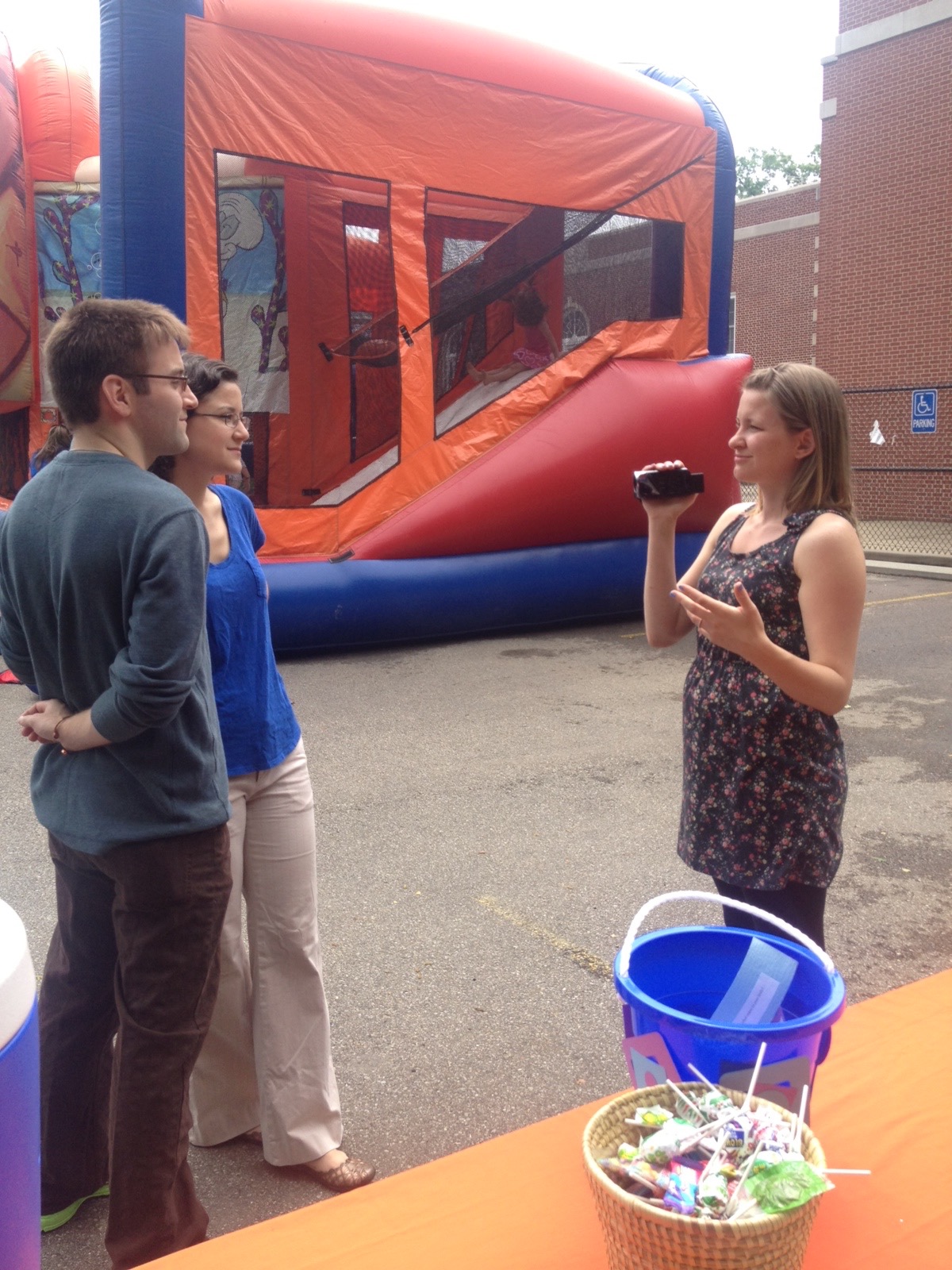
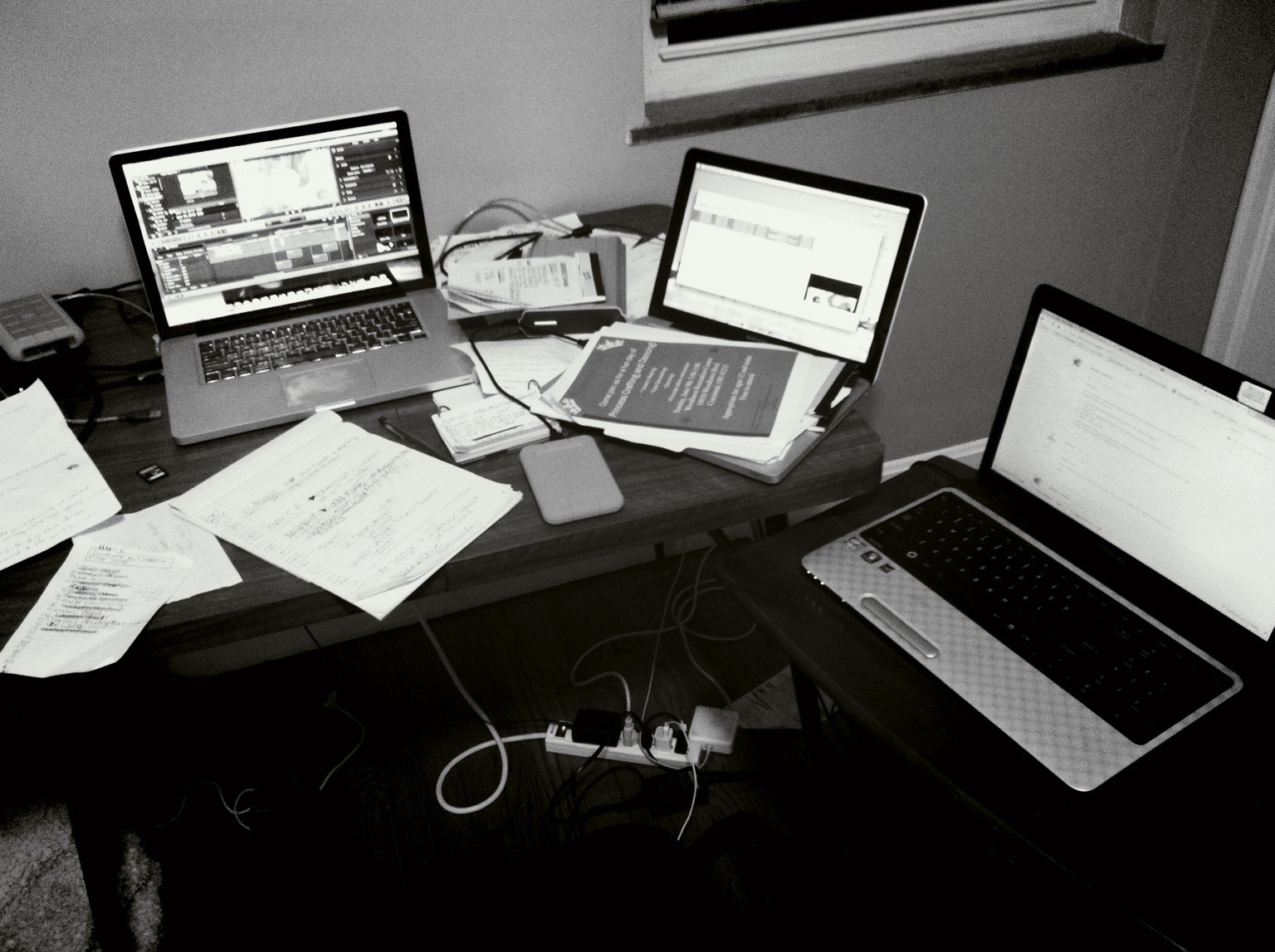

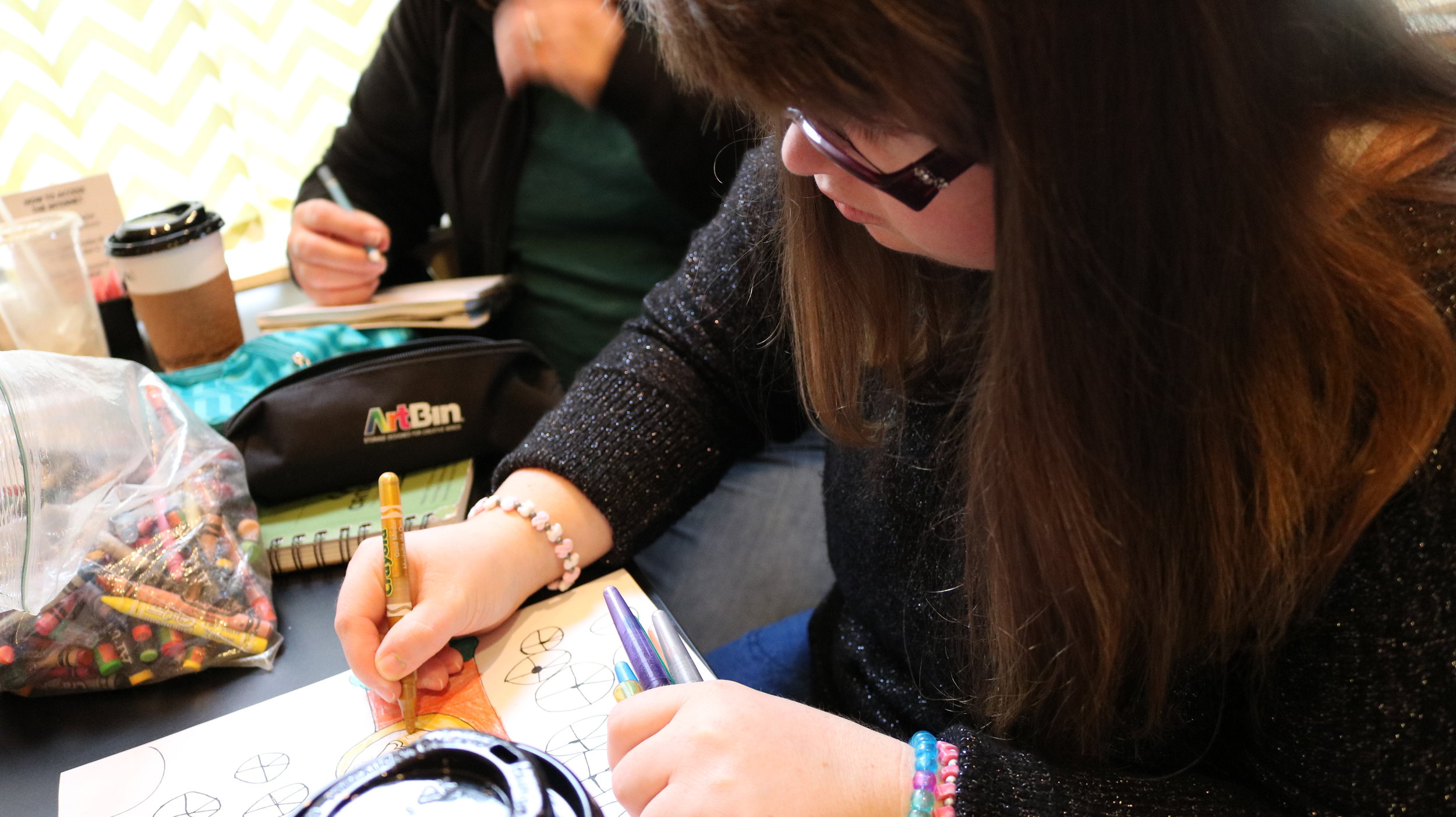 Last week, at our weekly roundtable conversation about our inclusion efforts, Amanda stood up and extended an invitation. She and Bridget had been planning a "Sip & Sketch" and she wanted to make sure everyone knew about it. They had designed it based off of Amanda's love of art. They wanted a regular place where anyone could show up and draw together, so they worked out a plan with a local cafe, and then began planning and inviting.
Last week, at our weekly roundtable conversation about our inclusion efforts, Amanda stood up and extended an invitation. She and Bridget had been planning a "Sip & Sketch" and she wanted to make sure everyone knew about it. They had designed it based off of Amanda's love of art. They wanted a regular place where anyone could show up and draw together, so they worked out a plan with a local cafe, and then began planning and inviting.




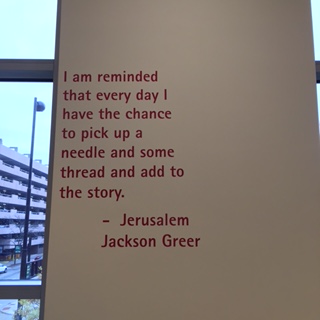 On our first day together, Andrea and I made a list of things she was interested in. I knew a lot of these things about her having drawn for her PATH a few years back: fashion, kids, shopping, doing her nails, her family, her friends, music…Usher specifically.
On our first day together, Andrea and I made a list of things she was interested in. I knew a lot of these things about her having drawn for her PATH a few years back: fashion, kids, shopping, doing her nails, her family, her friends, music…Usher specifically.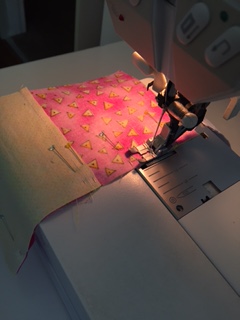
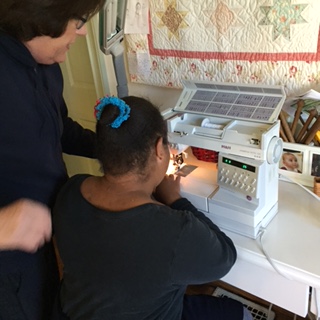
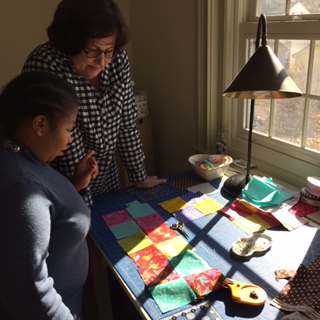
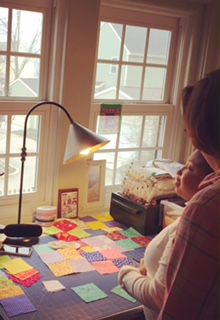

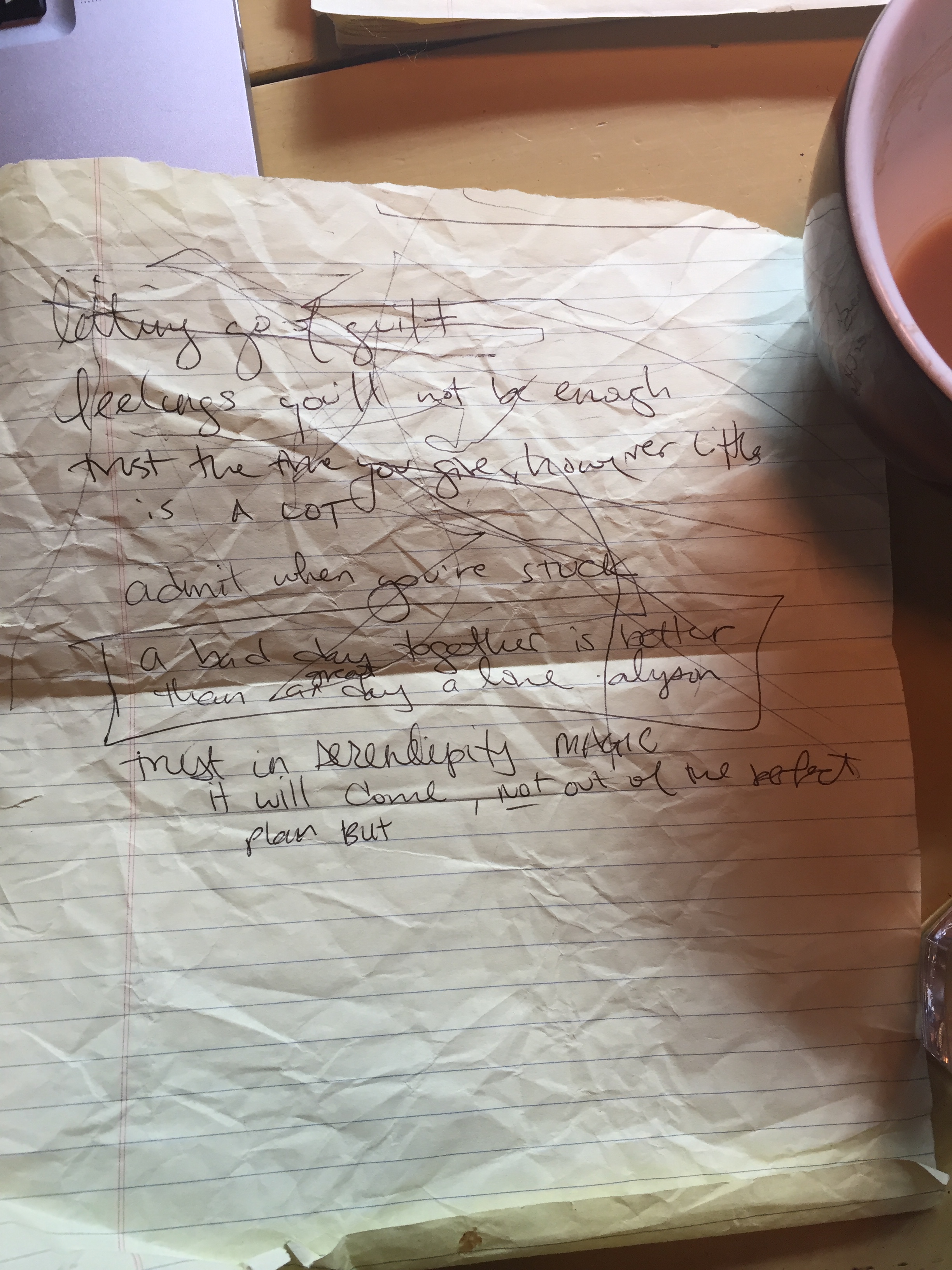
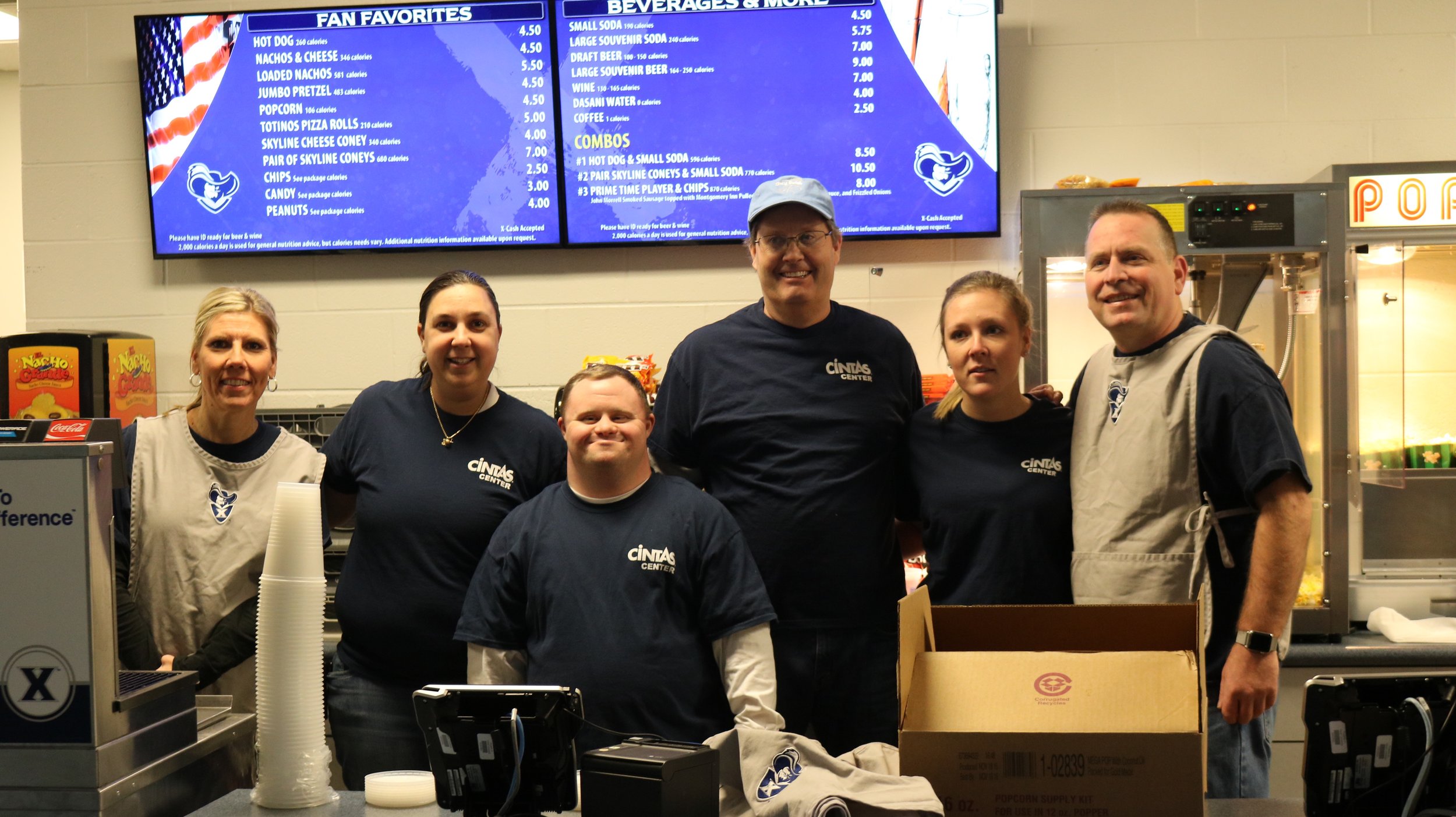 The first thing Josh does when he gets the newspaper is read the sports section. He sits down, pen and pad, and lists all the dates and times of upcoming games he’d like to watch. Being such a committed sports fan, Josh wanted to find a way to not just the watch games - but to give back. He decided to start volunteering at the Xavier University Cintas Center’s concession stands in order to help raise money for a local girls basketball team.
The first thing Josh does when he gets the newspaper is read the sports section. He sits down, pen and pad, and lists all the dates and times of upcoming games he’d like to watch. Being such a committed sports fan, Josh wanted to find a way to not just the watch games - but to give back. He decided to start volunteering at the Xavier University Cintas Center’s concession stands in order to help raise money for a local girls basketball team.